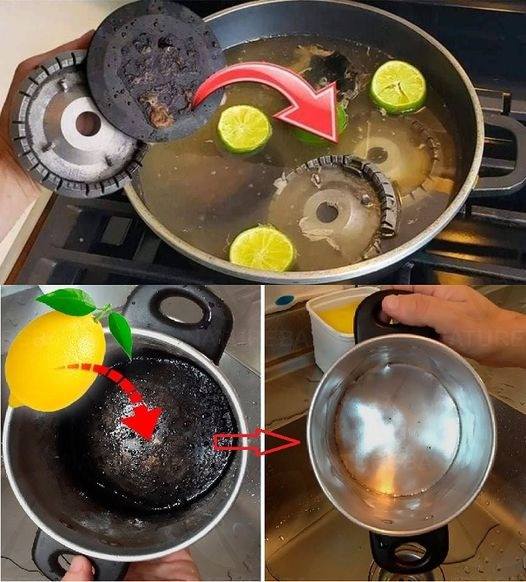Serving: Once your stove and drip pans are clean, you’ll notice better cooking efficiency and a more pleasant kitchen environment.
Storage: Always ensure your stovetop is completely dry before storing the drip pans. This will prevent any rust or buildup from forming.
Variations:
For Stubborn Grease: If regular cleaning methods don’t work, try soaking the drip pans in a mixture of vinegar and baking soda overnight for a deeper clean.
Use Commercial Cleaner: If you prefer, you can use a commercial degreaser or stove cleaner for more challenging tasks.
FAQ:
Q1: Can I use steel wool to scrub the drip pans?
It’s not recommended, as steel wool can scratch and damage the surface of your drip pans. Use a soft sponge or cloth instead.
Q2: How often should I clean my drip pans?
For best results, clean your drip pans every few weeks, or more frequently if you cook messy meals that cause spills.
Q3: What if my burners still don’t work after cleaning?
If cleaning doesn’t solve the issue, check the gas lines for any obstructions. If you suspect a more serious problem, consider calling a professional for repairs.
I hope this guide helps keep your stovetop clean and in great working condition! Let me know if you need any more tips or adjustments.



Yo Make również polubił
Cookies and Custard Cake
Avocado Mango Salad with Arugula & Pine Nuts: A Fresh Burst of Flavor!
Carrot and Egg Breakfast Bites
Cheddar Onion Burger with Sweet Potato & Broccoli: A Wholesome and Flavorful Meal